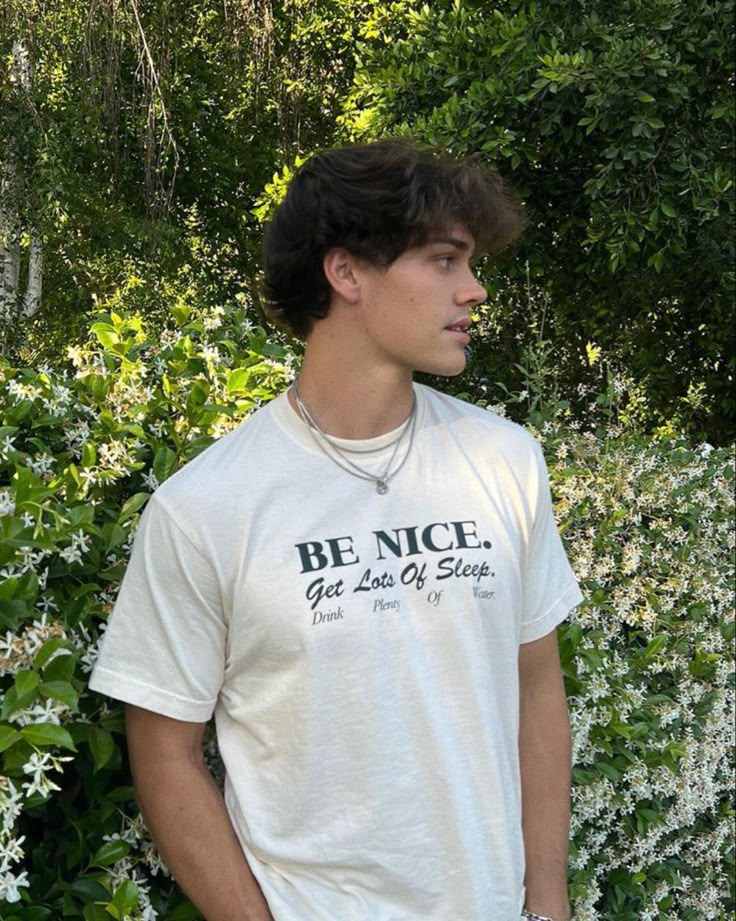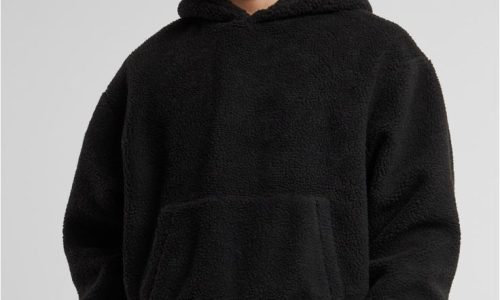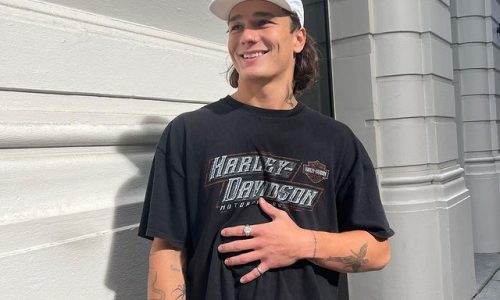
Street Fashion Evolution 2025: From Urban Grit to Global Chic
Introduction
In 2025, street fashion is no longer confined to narrow alleyways or underground movements. It has blossomed into a global phenomenon, a visual dialect spoken by individuals across continents. The transformation of streetwear from urban grit to international elegance is a narrative of cultural expression, technological innovation, and shifting societal values. This exploration into the evolution of street fashion delves into how it has reshaped itself to become one of the most defining elements of contemporary style.
Streetwear Origins and Urban Roots
Street fashion began as a form of cultural rebellion, emerging from the urban landscapes of cities like New York, Tokyo, and London. It was more than just clothing; it was a statement—raw, unfiltered, and deeply connected to the communities from which it sprang. Skateboarders, graffiti artists, and hip-hop artists all used apparel as a canvas for their identity. Hoodies, baggy jeans, graphic tees, and snapbacks symbolized more than trends—they marked a sense of belonging, a visual unity among the youth resisting mainstream norms.
The 1980s and 1990s marked a significant chapter in the street fashion saga, as independent labels like Stüssy and Supreme rose from subculture circles to mainstream prominence. These brands didn’t just sell clothes—they sold attitude. The streets were their runway, and limited releases turned items into prized collectibles. This grassroots authenticity laid the foundation for streetwear’s next phase.
The Impact of Technology on Street Style
Fast forward to 2025, digital influence has drastically altered how trends are born and spread. Social media platforms, fashion apps, and virtual reality tools have become the new playgrounds for streetwear aficionados. What used to require attendance at fashion shows or insider access can now be livestreamed or previewed through augmented reality filters. Tech-forward platforms enable users to visualize outfits, experiment with styles, and even interact with AI fashion advisors before making a purchase.
NFT fashion, AI-generated designs, and 3D-printed accessories are no longer experimental. They are mainstream staples for the trend-conscious consumer. Wearable tech, such as temperature-regulating fabrics or kinetic energy-powered accessories, is being incorporated into designs, marrying functionality with flair. In this way, technology is not just enhancing aesthetics—it is redefining the possibilities of street fashion.
From Local Niche to Global Identity
Street fashion has always carried a sense of place. In the past, what you wore could instantly signal your neighborhood, music taste, or political stance. In 2025, the local flavor still matters, but it merges seamlessly with a global wardrobe. Brands from Seoul, Lagos, Copenhagen, and São Paulo are now as influential as those from New York or Paris. This international diffusion of style has made the fashion conversation more inclusive and richly diverse.
Designers are drawing inspiration from cultural heritage while maintaining the authenticity of street fashion’s roots. For example, African prints are appearing on oversized jackets, Japanese embroidery is integrated into denim collections, and Latin street festivals inspire vibrant color palettes. This blending of geographic influences creates a wardrobe that transcends borders while honoring their origins.
Sustainability as a Streetwear Staple
Environmental awareness has become an integral part of street fashion’s evolution. The modern streetwear consumer is as interested in a hoodie’s supply chain as they are in its graphic design. Brands are responding by adopting eco-friendly materials, ethical production practices, and circular business models.
Recycled textiles, plant-based dyes, and zero-waste manufacturing techniques are becoming standard practices among innovative labels. Vintage and upcycled streetwear has also gained massive popularity, with second-hand marketplaces and custom workshops giving new life to old garments. These changes are not just surface-level—they represent a philosophical shift in how style and responsibility intersect.
Luxury Meets the Pavement
High fashion’s flirtation with streetwear has matured into a full-blown marriage. Collaborations between luxury houses and streetwear brands continue to redefine fashion hierarchies. What was once considered too casual for the catwalk is now celebrated for its cultural relevance and consumer appeal.
In 2025, tailored streetwear blurs the line between refinement and rebellion. Monogrammed track suits, crystal-studded sneakers, and high-end bucket hats are not contradictions—they are reflections of a world where style codes are fluid. Designers like Virgil Abloh paved the way, and now a new generation of creatives is following suit with their unique vision of high-street synthesis.
The Rise of Gender-Neutral Street Style
Another notable transformation is the rise of inclusive fashion. Gender fluidity is no longer niche; it’s central to street fashion’s ethos. Many brands have abandoned gendered collections entirely, opting for silhouettes and colorways that transcend traditional binaries.
Baggy trousers, cropped sweatshirts, utility vests, and oversized blazers are styled in ways that allow self-expression without constraint. The emphasis is on comfort, confidence, and creativity. Inclusive sizing and marketing also ensure that streetwear is accessible to individuals of all body types and identities, making fashion more democratic than ever.
Cultural Storytelling Through Design
Streetwear in 2025 is as much about storytelling as it is about appearance. Garments are becoming vessels for personal and communal narratives. Patches, prints, and slogans often reference social movements, ancestral legacies, or contemporary events. Through this, wearers use fashion as a language to express beliefs, pride, and aspirations.
Limited-edition drops may commemorate historical events or spotlight underrepresented voices. Artistic collaborations with local creators help bring visibility to diverse perspectives. This focus on storytelling imbues streetwear with depth and purpose, making each piece more than just an item of clothing—it becomes a statement of identity.
The Influence of Music and Entertainment
Music continues to be a powerful force in shaping street fashion. Hip-hop, K-pop, Afrobeat, and electronic scenes all bring distinct aesthetic influences to the fold. Artists often serve as both muses and marketers, setting trends with their wardrobes and leveraging massive platforms to spotlight new styles.
Tour merchandise, music video fashion, and album-themed collections create a feedback loop between sound and style. Fans emulate their favorite performers, blending music culture with personal expression. Streaming platforms and visual content ensure these fashion messages travel far and fast, shaping tastes on a global scale.
Conclusion: The Ever-Evolving Edge of Street Fashion
The journey of street fashion from gritty alleyways to global runways has been anything but linear. It has evolved, adapted, and transcended its origins to become a canvas for innovation, identity, and global dialogue. As we move further into 2025, the future of street style looks bold, inclusive, sustainable, and boundaryless.
Its heartbeat remains rooted in the street, but its influence spans continents, cultures, and communities. Whether through tech-enhanced fabrics, gender-neutral silhouettes, or eco-conscious collections, streetwear continues to redefine what it means to be stylish in an interconnected world. As long as there are voices to be heard and stories to tell, street fashion will remain not just relevant—but revolutionary.


